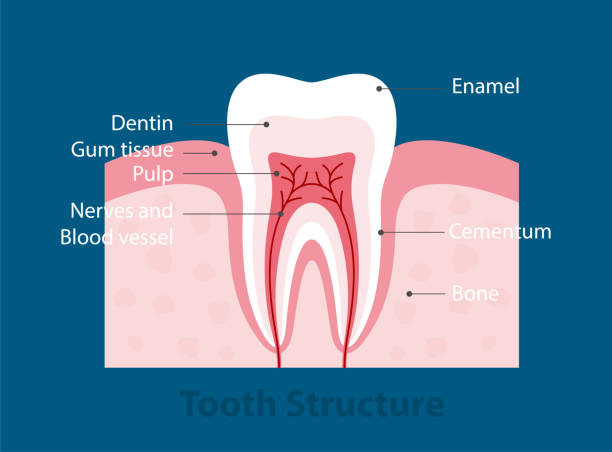Contact Us Today!
Filling VS Root Canal – The Differences Between Treatments
Posted on May 19th, 2023

Restorative dentistry procedures are an essential part of premium dental care. Most individuals experience the difficulties associated with tooth decay at some point in their lives, and it’s important that they have access to proper treatment when these problems arise.
If dental injury, infection, or tooth decay occurs, most of the time a root canal or filling will be necessary to restore integrity to the affected tooth. Which treatment method your dentist chooses will depend on several factors.
Root Canal VS Filling
There are many differences between a root canal and filling. Root canals are designed to eliminate infection, repair teeth, and relieve pain when dental pulp has been compromised by tooth decay or trauma. Cavity fillings, or composite dental fillings, are designed to treat minor decay that may cause pain or sensitivity, but has not yet resulted in an exposed root or infection.

When Do You Need A Root Canal VS A Filling?
Your dentist will decide which procedure to perform based on your needs. If you have a minor cavity that has not reached the pulp of the tooth, they will opt for a simple filling. This treatment can be completed in one appointment.
However, if you have a major cavity or break in your tooth that has left the pulp damaged or exposed, a root canal will be necessary. Root canal therapy can often prevent the need for tooth extraction in Chicago.
Root Canal VS Cavity Filling – Comparing Procedures
Cavity fillings are fairly common and straightforward procedures. Your dentist begins by numbing the affected tooth and area around it. Then, they clean out the decayed portion of the tooth and fill it with a tooth-colored, composite resin material. Once the filling is shaped, cured, and polished, the procedure is complete.
Root canals are more complex than cavity fillings. This is because fillings are designed to treat minor tooth damage caused by decay, while root canals involve removing extensive dental decay and clearing out the actual root canals of the tooth to eliminate pain and infection. A dental injury that is left untreated may also result in infection and the need for root canal treatment.
Root canals start off with the same steps that are followed in filling procedures. First, your dentist numbs your tooth and the area around it. Then, they remove the decayed material, including the dental pulp which may be infected or inflamed. The pulp contains nerves, blood vessels, and other connective tissues.
Next, the pulp chamber and root canals are thoroughly cleaned so they can be shaped and filled. A temporary composite filling is then applied to the top of the tooth to protect it while it heals. This is left in place for about two weeks while a custom made dental crown is fabricated.
To complete your root canal procedure, the temporary filling will be replaced with the new, permanent crown during your second appointment.
Schedule an Appointment at Windy City Family Dental
If you’re experiencing dental discomfort of any kind, and you think you may need a filling or root canal in Chicago, contact us at Windy City Family Dental today. Our dental professionals perform restorative dentistry in Chicago with state of the art technology and advanced methods to protect our patients’ smiles.
Call us at (312) 236-8065 to schedule an appointment or contact us online.













